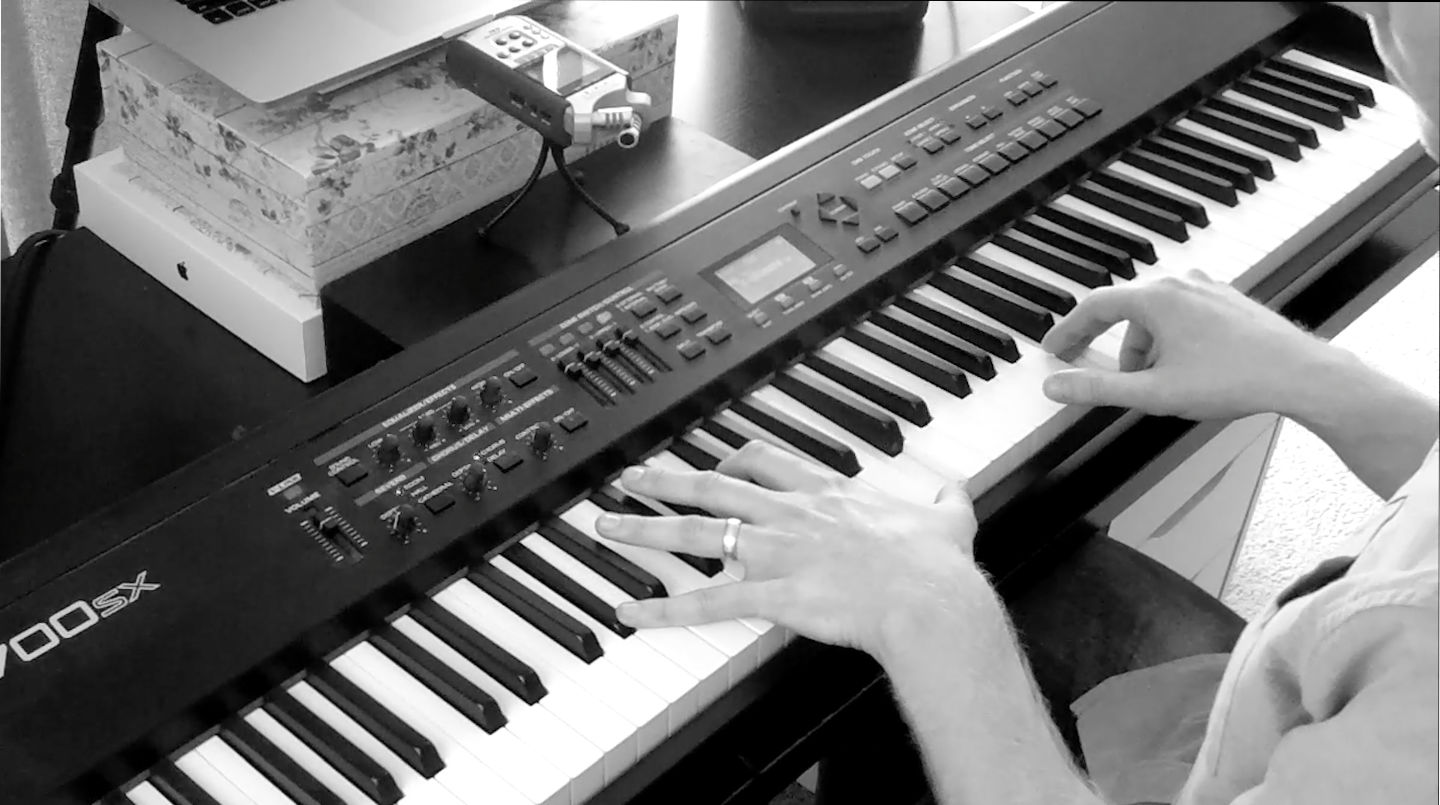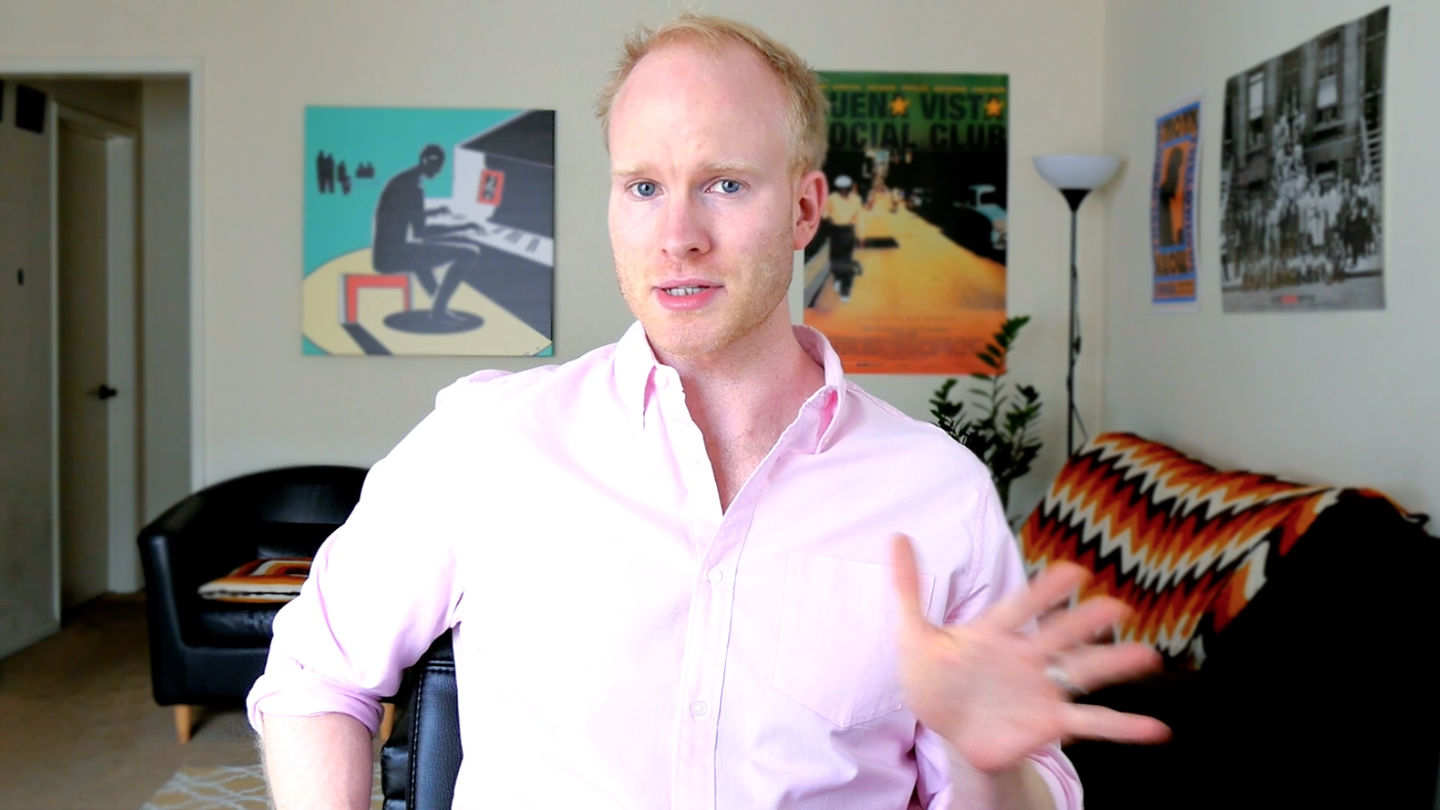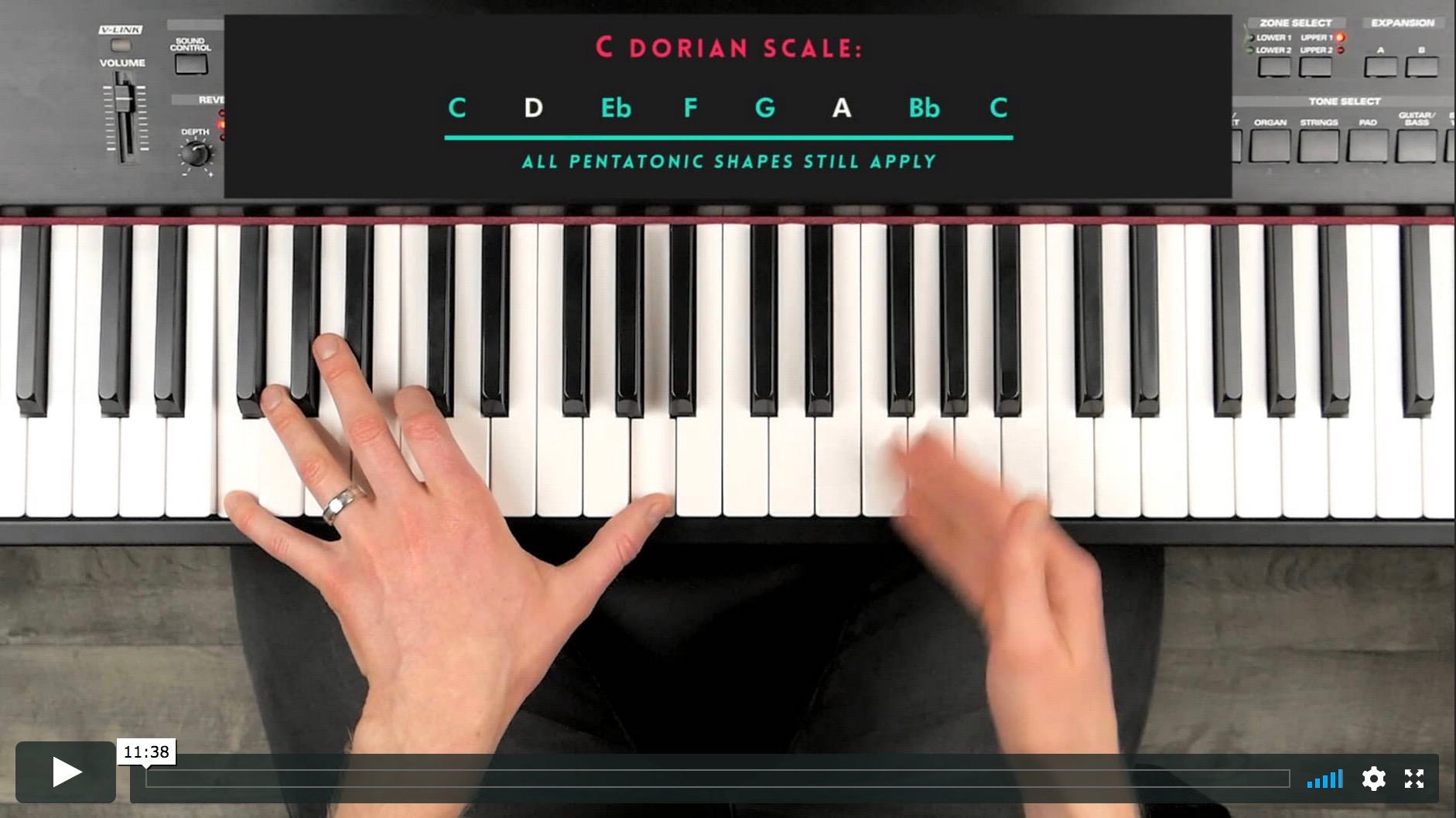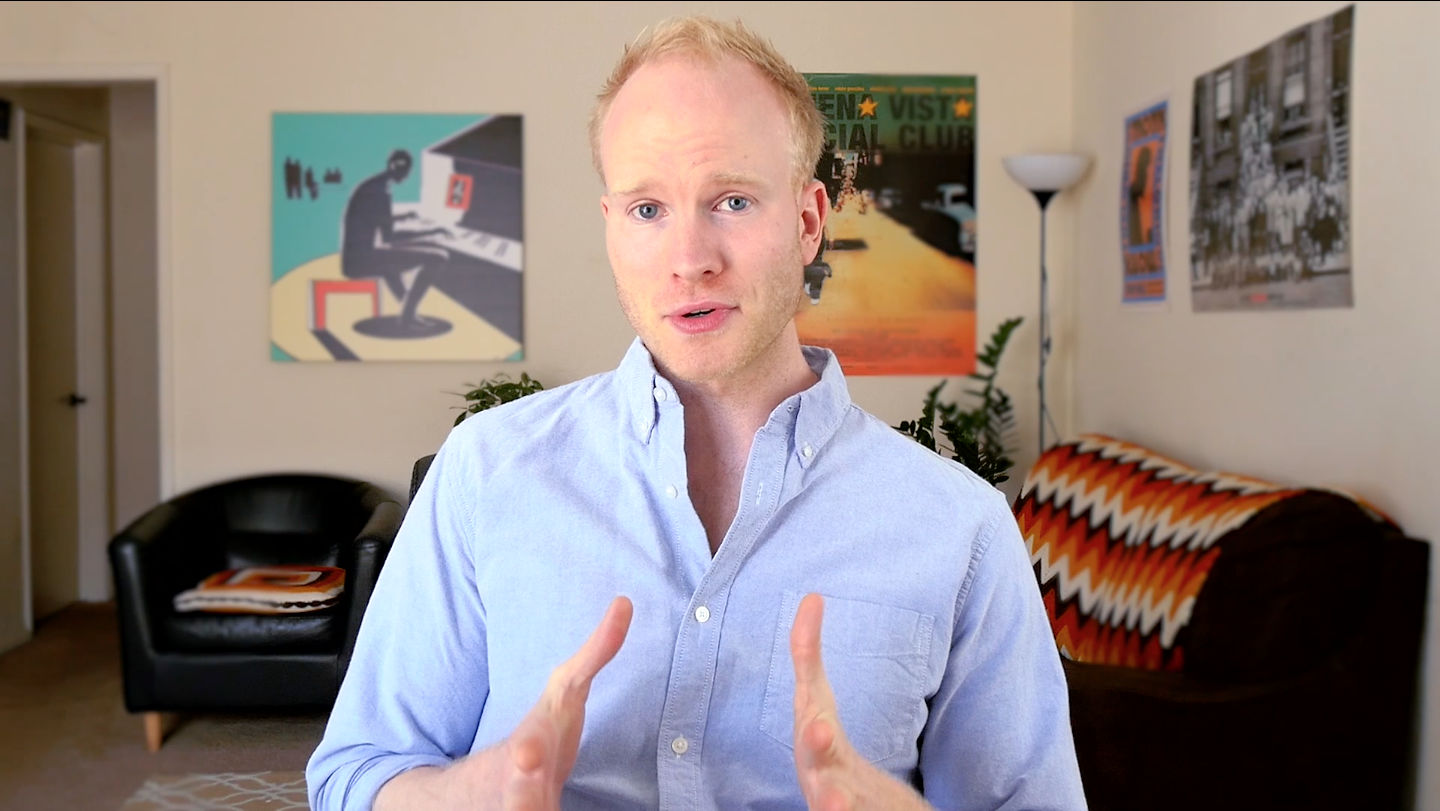VIDEO 2 (of 4) | How to Practice
Can’t wait? Click here to watch video 3 now!
Lesson Bonus
Listen to the following audio track and see if you can transcribe your first melody by ear – without using your instrument:
>> Click here to transcribe your first song: ‘Get This Party Started’
This is one of 30+ Transcribing Test-Run audios taken from The Musical Ear course.
-
julianbradley
-
a_tired_dude
-
Pacco
-
KiWi
-
MT Mals
-
julianbradley
-
julianbradley
-
dfl3tch3r
-
Marc Blandel
-
Никита Рябов
-
KiWi
-
julianbradley
-
julianbradley
-
Krzysztof
-
dfl3tch3r
-
Paul Moore
-
David Gerwig
-
KiWi
-
Ryan
-
Amanda Huber
-
julianbradley
-
Neil Ingle
-
Neil Ingle
-
Harry Smith
-
Chib Mba
-
julianbradley
-
julianbradley
-
william ducsak
-
Stefan
-
a_tired_dude
-
fredo
-
Kim
-
Jane Terry
-
jaideejoe
-
Tom Harrison
-
Alex Heaton
-
Loser Manifesto
-
RICHARD
-
Ben Bec
-
Russell Lechleiter
-
Russell Lechleiter
-
Romans Feduns
-
Anthony Hopkins
-
Michelle
-
Ekow Bentsi-Enchill
-
Antonio Carlos Muricy
-
Danvdb
-
Vinz
-
Diego
-
John Ellis
-
Santiago Garibotto
-
Sebastian Paicu
-
Angelo King
-
Davide Morelli
-
Justin Dumois
-
Robo
-
Dylan Morrison
-
Juan
-
Juan
-
Robo
-
Juan
-
Gabe Glover
-
Maria Melnik
-
Jhon David
-
Nadrey
-
DrSnake88
-
Christopher Thake
-
Luis González Ulíbarri
-
Dave Stegmeir
-
Michael Carrillo
-
Michael Carrillo
-
Maria Hammarin
-
Samyak Jain
-
Marquerete Rademeyer
-
James Ready
-
JoAnn Bruhn
-
Afi_Scruggs
-
Diego Bruno
-
James Ready
-
Deb Eisenmann
-
Rachel Pianogirl
-
劉飛
-
Edgar de Graaff
-
michael_ellis
-
Joe Klemke
-
Pete Cavanagh
-
quentin bamford
-
Henry Chess
-
Abhijit P
-
Kurt Hein
-
Mothi Ghimire
-
Prince Akeem
-
Mark Krumrey
-
MakesOwnWeather
-
Philippe Va
-
Basma J
-
Maggie Hanson
-
Eelco Daams
-
Eelco
-
Keshav Leitan
-
MP3 DANCER
-
MP3 DANCER
-
MP3 DANCER
-
MP3 DANCER
-
Mike Sphere
-
Ketelelo Mandozi
-
Julie Nanos



